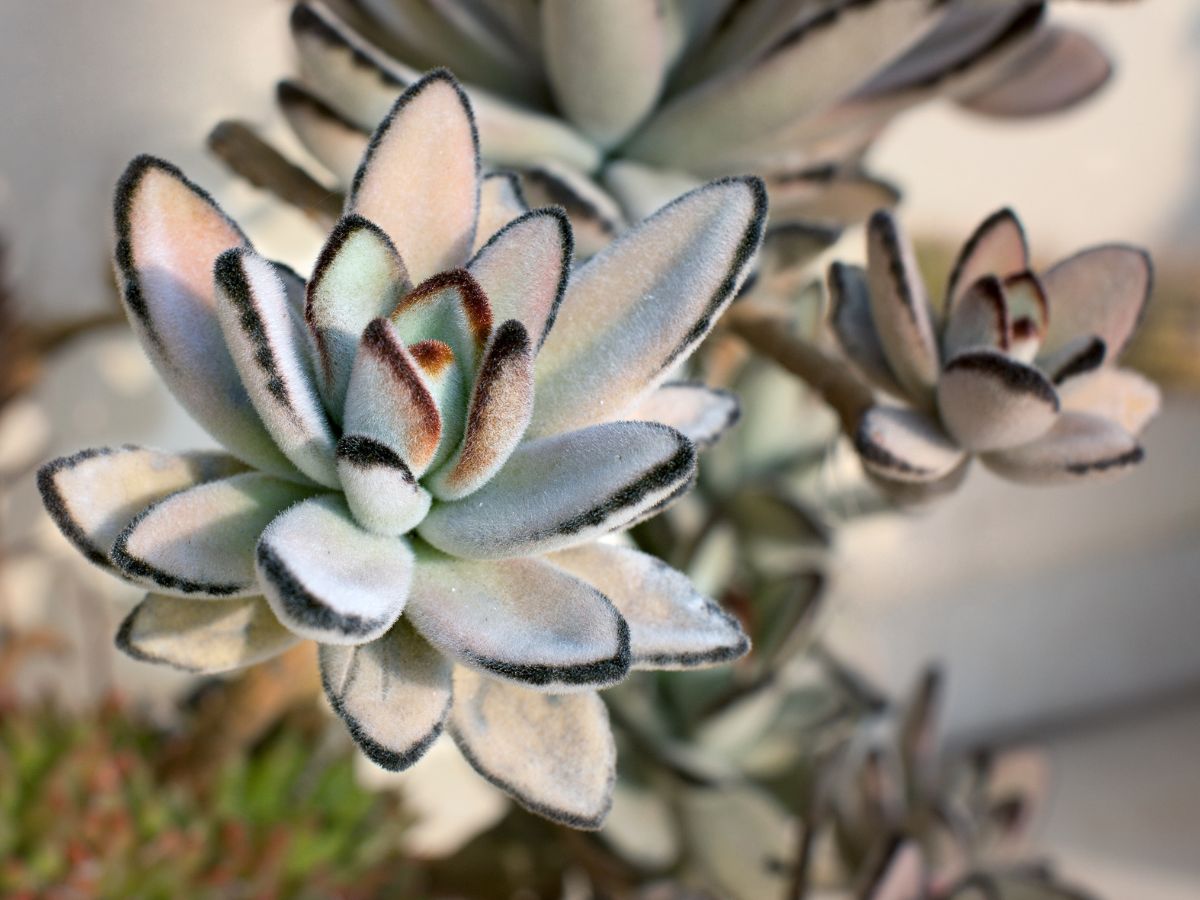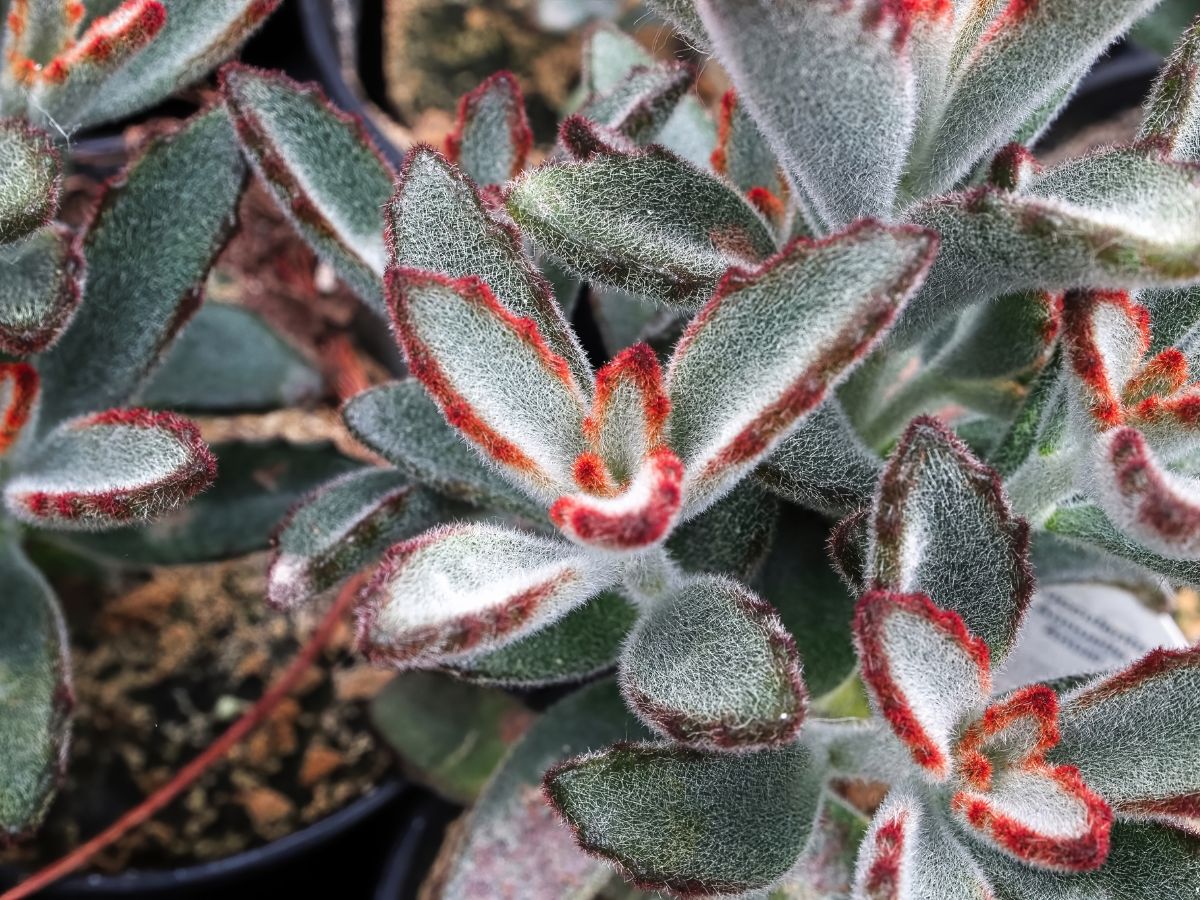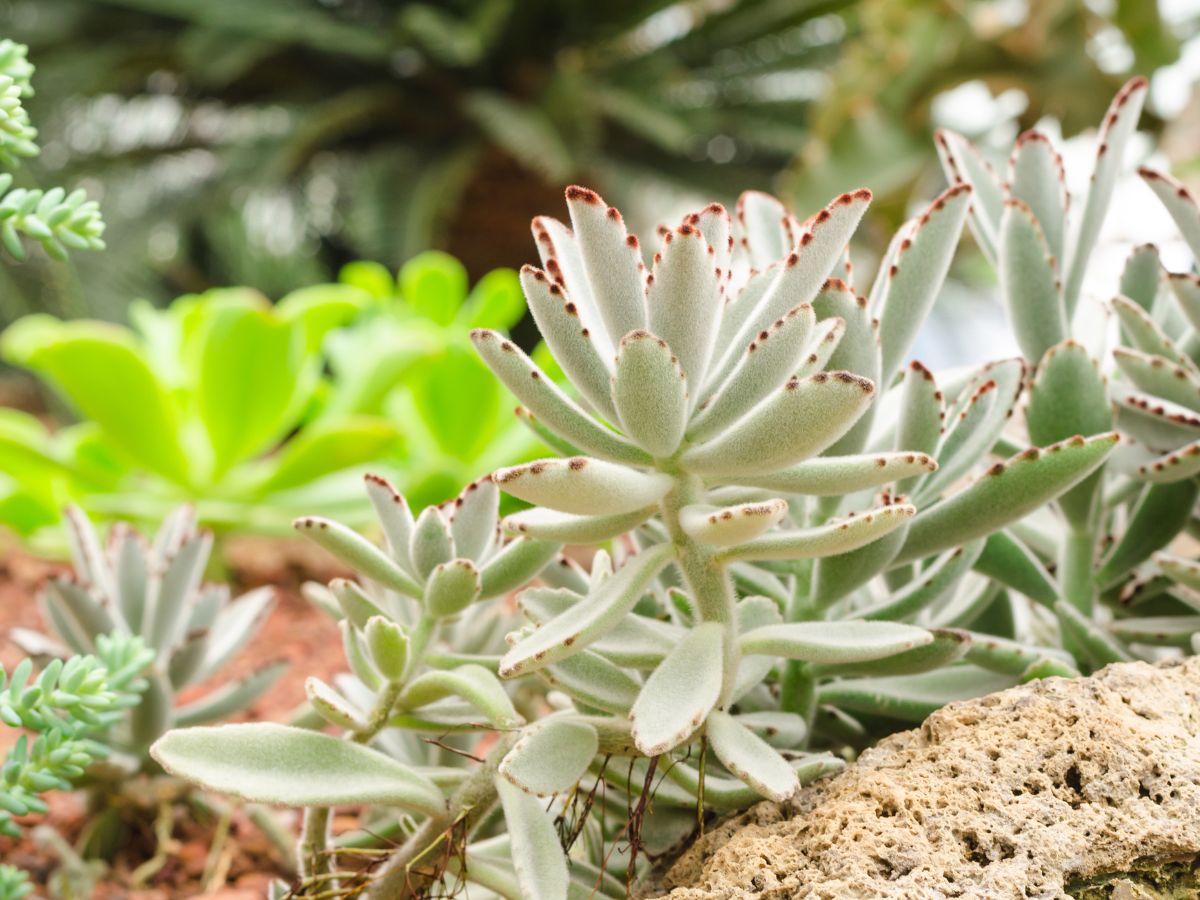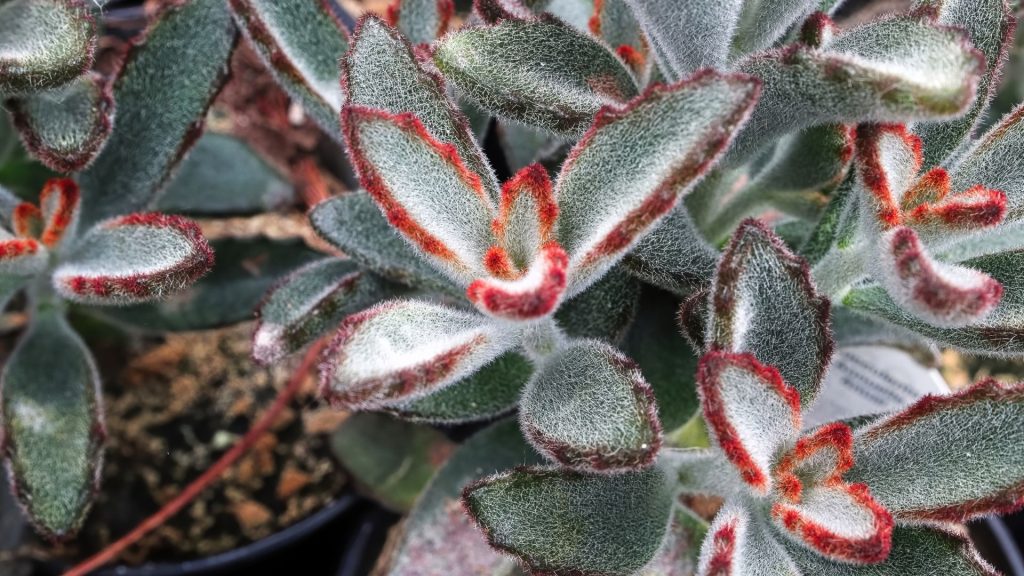The panda plant is very popular with exotic plant lovers. And this is no coincidence since, despite the beautiful and interesting coloring, the panda plant does not require special care, which is ideal even for beginner growers who do not have much experience in growing plants or simply do not have enough time for complex care. In this article, we will tell you about the basic rules for caring for this plant and how you can grow it at home. But first, we want to acquaint you with this plant better.
The Kalanchoe panda also eagerly attracts the attention of children with its unusual coloring, but placing it in the nursery is a rather risky decision, since the leaves are moderately toxic, which can lead to bad consequences if the child accidentally or deliberately decides to taste the plant. For the same reason, make sure that your pets also interact as little as possible with panda succulents.
This plant is grown not only in winter gardens but also in greenhouses. Throughout the summer season, the panda plant flower can be used as a beneficial decoration for balconies. Also, the plant is quite often found in the composition of picturesque groups and compositions, which will include other succulent plants. In addition, plants are very often grown in rooms and general premises and are pleasing to the eye. Under the condition of such cultivation, light windows should be preferred.
Biological Description

Kalanchoe Tomentosa (panda plant) is a succulent up to 15in high. This plant grows on granite rocks on the island of Madagascar. The dense, fleecy coating on the leaves of the Kalanchoe panda plant has a vital moisture retention function. In drought conditions, it allows you to retain the small amount of water that the plant absorbs from the soil.
The villi trap air movement at the leaf surface, reducing moisture loss during evaporation. Unusual markings on the edges of the plant’s leaves, in red, black, or brown shades, are reminiscent of a panda bear. For the same reason, in everyday life, it is called panda ear succulent or pussy ears plant, as it is also a bit like the ears of a Siamese cat.
To top it off, Kalanchoe’s fuzzy canopy protects the leaves from the harsh environment, and its silvery-white color reflects light, reducing the chance of overheating the leaves. In nature, this panda ears plant blooms with pubescent bell-shaped flowers, flowering rarely occurs indoors.
Stem
The stem is thick, lignified, up to 15in high. In an adult plant, the stem branches and forms numerous rosettes of leaves. Miniature Kalanchoe Tomentosa flower is collected in umbrella inflorescences.
Leaves
The leaves are collected in a loose rosette, they are oval, 2–3 in long, covered with fine bristly silvery villi, except for spots along the edges, the villi on which are painted in rusty orange color in young leaves and chocolate brown in old ones.
Kalanchoe Tomentosa Care

Watering
Kalanchoe is a succulent plant. Its peculiarity is the ability to accumulate moisture in the leaves and stems, so moderate watering is suitable for this plant. Over-watering is not recommended as it can lead to panda plant leaves curling. If you notice this on your panda paw succulent, be sure to reduce your watering frequency.
During the summer heat, watering is abundant. But carry it out only to humidify the top layer of the soil. In winter, watering is performed less often, but you should not allow the soil to completely dry out, as this will cause the leaves to fall off. The water should be settled, soft, at room temperature. You can pour it into a pallet on top. Kalanchoe, thanks to the accumulated moisture, feels great in dry air.
It doesn’t need to be sprayed. This procedure is useful only during heat. The leaf should be carefully wiped with a rag to remove dust.
Lighting and Temperature
It is important to remember that in case of insufficient light, the panda cactus will stretch quite a lot. If the temperature regime is kept at a low level for a long time, and rather sharp fluctuations in the humidity of the air and even the soil occur, then corky growths may appear on the leaves and stems of Kalanchoe plant.
A plant can be affected by rot in the case when the air temperature is kept at an elevated level for a long time, and the soil moisture is also quite high.
Throughout the entire dormant period, it is important to ensure the temperature regime of the Kalanchoe at about 50-60°F.
Air Humidity
If the surrounding air is dry, it doesn’t matter. The plant easily tolerates a lack of moisture in the air and does not require additional watering. And so that in winter the plant retains its shape and does not change: it is best to keep it where there is a lot of light, and the temperature does not exceed 63-65 Fahrenheit.
Fertilizer
In the spring-summer period, it is important to make the top dressing. You need to fertilize it once every two weeks. Moreover, it is worth alternating between mineral and organic compounds. Fertilizers designed for cacti and succulents are suitable. But only dilute them with water in a concentration of 2 less than that indicated in the instructions. Repeat feeding while the buds are being laid.
Pruning
The panda paw plant needs pruning during the care process since over time its leaves remain only at the top. This problem can be solved by pruning and transplanting a flower.
Transplant
It should be noted that Kalanchoe is recommended to be replanted every two years. When transplanting, you should choose pots of standard proportions. As for the composition of the land mixture, it is recommended to combine one part of sand, leafy land, and sod land. The acidity of such soil can be either neutral or slightly acidic.
Propagating Panda Plant

If you want to expand your collection of panda plants, you do not need to buy new copies for this. Reproduction is quite easy and simple, and now we will tell you how to do it correctly.
It is best to breed the succulent during the warm season, mainly in spring or summer. To do this, carefully take a few leaves from your plant, just do not take too much, as your plant may weaken due to this. Also, you should not take only one leaf, since there is no guarantee that it will take root. Place the cut leaves in a perlite mixture or sandy potting soil. This will help the future plant adapt.
Allow the leaves to dry for a week before transplanting into regular soil and watering. This will have a beneficial effect on the subsequent growth and development of the plant. After you transplant the leaves into pots, place them in a bright place, but avoid direct sunlight at best. The best option would be to place them where there is a lot of ambient light. The first roots will appear in a month, around which new leaves will grow in the future. As soon as you notice this, place the panda plant in a new, deeper pot and continue to adhere to the rules of care that we described above.
Common Diseases and Pests
Kalanchoe is rarely affected by diseases. They occur mainly with improper care. Most often, the flower is affected by mold, which forms as a result of low air temperatures.
Of the fungal diseases, powdery mildew is considered the most dangerous that you may encounter. As a rule, it is formed as a result of increased air temperature or abundant watering. Fungicides are usually used to combat. The stems can also be exposed and stretched. If you notice such a phenomenon on your plant, you should not worry, since this process is natural.
Of the parasites, Kalanchoe can be infected by aphids, whiteflies, and spider mites. Insecticides will help cure the plant or wiping the leaves with soapy water.
The fleshy leaves of Kalanchoe attract mealybugs, and because of the silvery-white villi that cover the leaves, pests are not immediately visible. Therefore, it is necessary to regularly and carefully inspect the plant. Intermittent use of imidacloprid-based systemic insecticides will help you protect your plant from mealybugs.
Kalanchoe plants can also sometimes be affected by rot, which usually starts from the roots. If the disease is detected early, you can cut off the tips of the stems and, by rooting, get new healthy plants.
In conclusion, we can say that this plant is noble, “undemanding”, delights the owner’s eye for a long time, and most importantly, even a novice florist can breed it. We advise you to definitely look at the panda plant succulent if you are looking for an unusual and exotic plant that is easy to care for.


